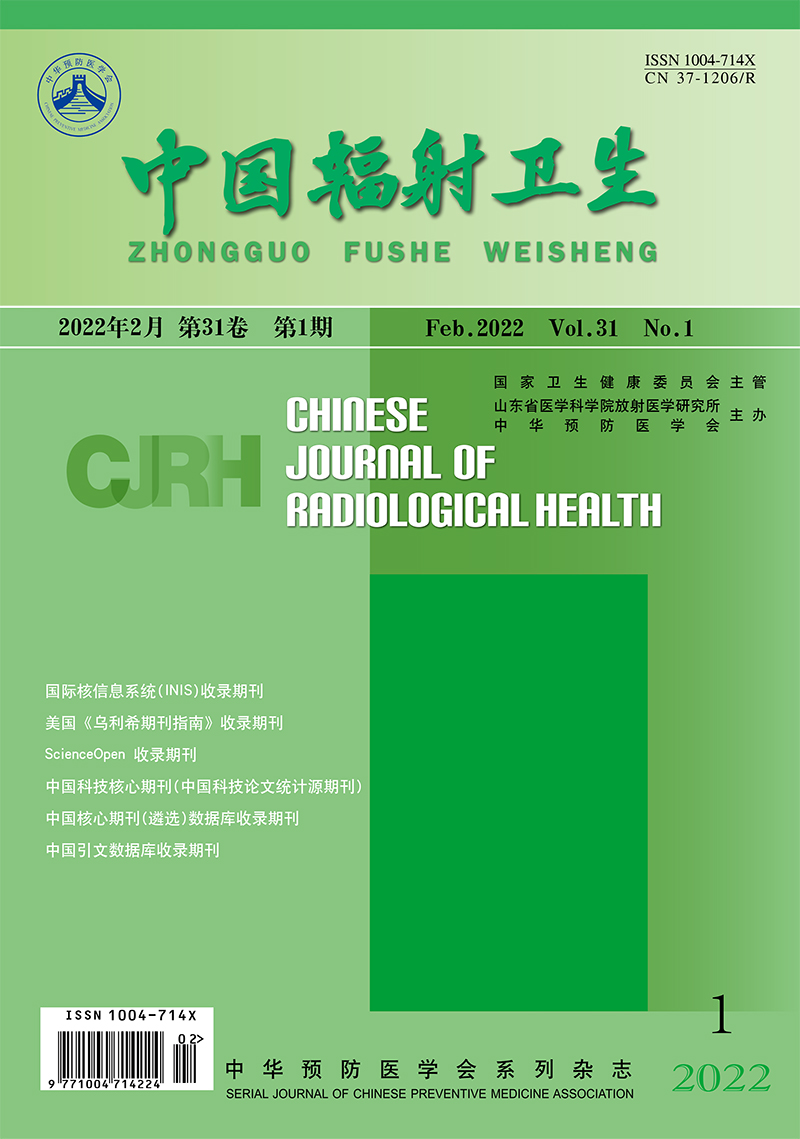Original Articles
LUO Lihong, GONG Wenru, LI Mei, XING Xizi, ZHANG Hua
Objective To investigate the relationship between cerebrovascular reserve (CVR) capacity and white matter lesions in elderly people. Methods We included 315 participants aged ≥ 60 years in Jinan area of Shandong Province from May 2018 to July 2019. They underwent transcranial Doppler ultrasonography for assessing CVR, breath holding index (BHI), and arterial pulsatility index (PI). According to CVR capacity, they were divided into normal CVR group (CVR ≥ 20%, n = 206) and impaired CVR group (CVR < 20%, n = 109). Magnetic resonance imaging was performed to evaluate periventricular, subcortical, and total white matter hyperintensity (WMH) volumes and Fazekas scores. Results Compared with the normal CVR group, the impaired CVR group showed significantly higher volumes of periventricular, subcortical, and total WMHs and significantly higher proportions of Fazekas scores ≥ 2 (P < 0.01). Periventricular, subcortical, and total WMH volumes were negatively correlated with CVR (r = -0.70, -0.66, -0.73, P < 0.01) and BHI (r = -0.64, -0.65, -0.68, P < 0.01) and positively correlated with PI (r = 0.60, 0.65, 0.65, P < 0.01). After adjusting for confounding factors, periventricular, subcortical, and total WMH volumes were still negatively correlated with CVR and BHI (P < 0.01) and positively correlated with PI (P < 0.01). The logistic regression analysis showed that the risks of periventricular, subcortical, and total Fazekas score ≥ 2 in the impaired CVR group were 1.96 times (95% confidence interval [CI]: 1.17-3.27, P < 0.01), 1.84 times (95% CI: 1.11-3.05, P < 0.05), and 2.33 times (95% CI: 1.30-4.18, P < 0.01) that of the normal CVR group, respectively. Conclusion Impaired CVR is an independent risk factor for white matter lesions in the elderly.

